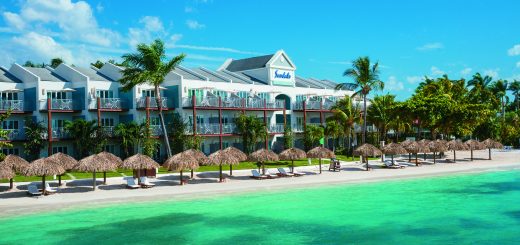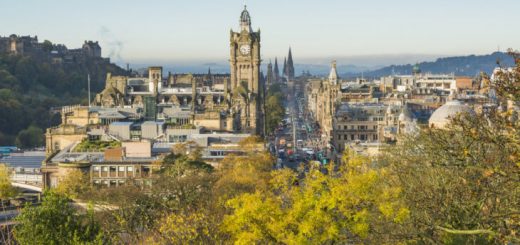KRAKOW – THE MOST BEAUTIFUL CITY IN POLAND
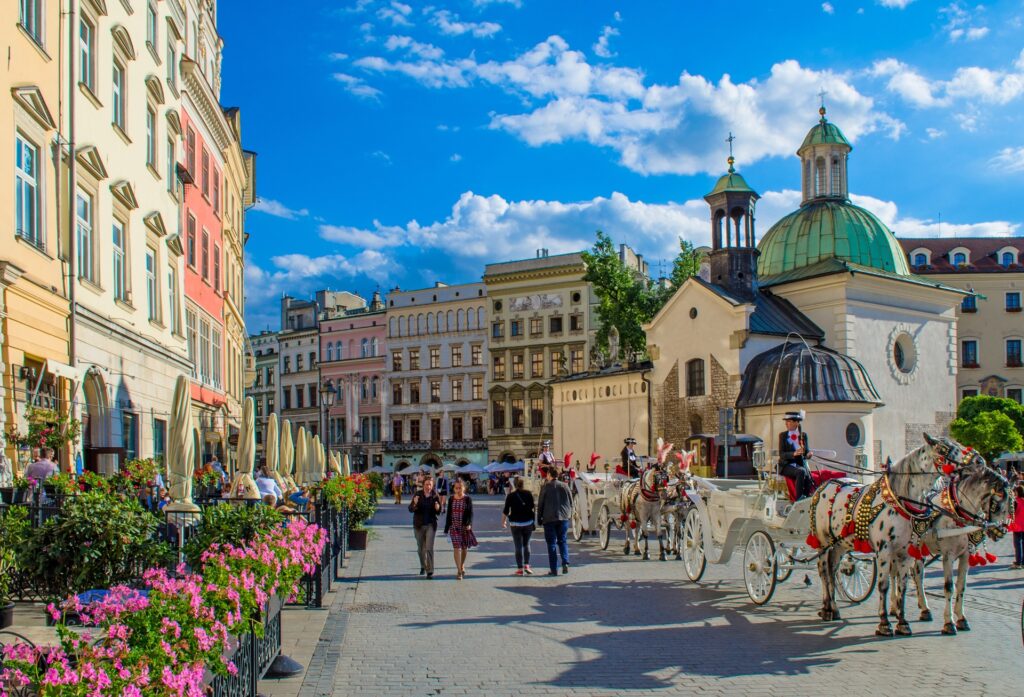
KRAKOW truly is one of the most beautiful cities in Europe, and now is the ideal time to visit. Sadly, their tourist numbers have taken a dive due
not just due to Covid and the pervading economic uncertainty in Europe, but also because of the Ukranian War – though it is 816km away from the Ukranian border.
Unfortunately for Krakow, though, its appearance on TV as the transport hub for many refugees has implanted it in people’s minds as being next to the warzone; it’s not.
That’s like comparing London to Zurich.
To tempt you to ignore these myths, the Polish tourist and hospitality industries have come up with amazing deals. As further enticement, no longer will you feel the chill of the Iron Curtain’s idea of hospitality, Poland – especially Krakow – is now on a par with any Western European city, with Michelin starred food and beautiful hotels at reasonable prices.
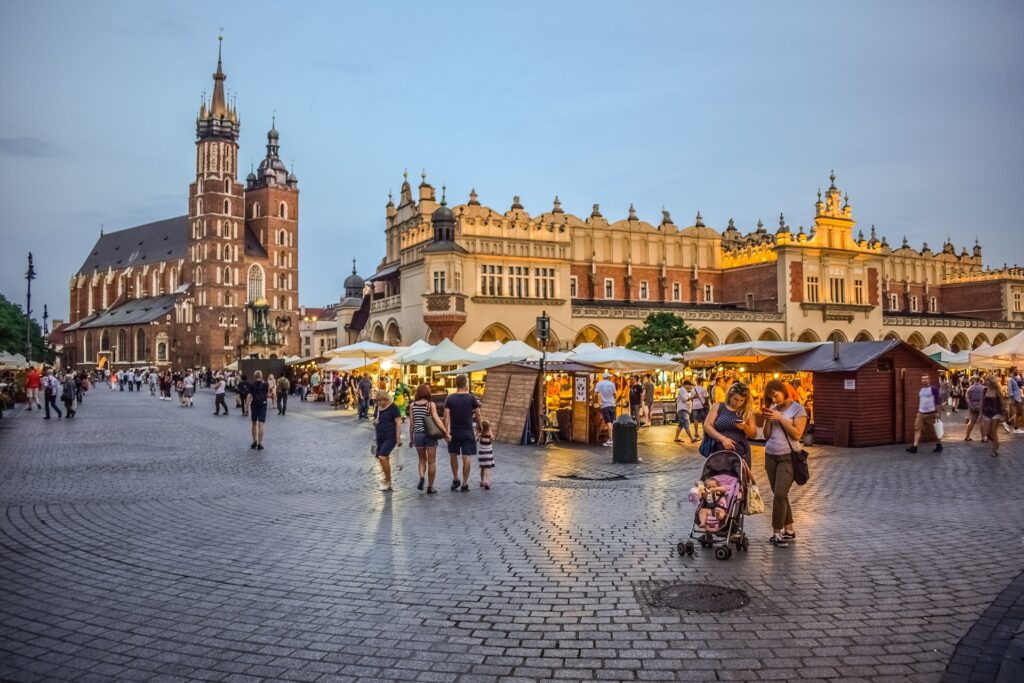
The largest town square in Europe
I stayed at the central, impressive 5 star Balthazar Hotel, right in the centre of where you’ll want to be. This boutique hotel boasts
large bedrooms with impressive artwork and vast beds, swathed in luxurious fabrics.
Regular room rates starting at £200 will now see you checking in for the bargain
price of £115, including a breakfast that will see you through most of the day.
Before Warsaw, Krakow was the capital of Poland, and for half a millennium it was the residence of Polish royalty, as the city’s grandiose architecture beautifully illustrates. Central Krakow overflows with palaces, churches and beautiful houses dating back to the 17th and 18th century.
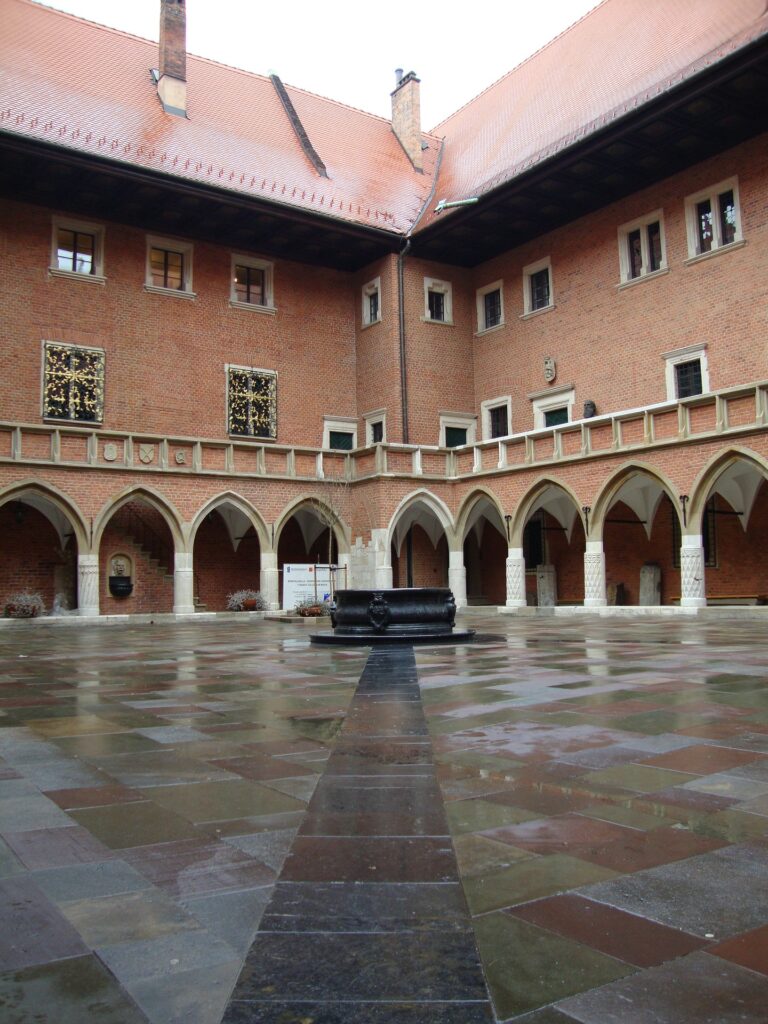
The prestigious 14th Century Jagiellonian University – Alma Mater to Pope John Paul II who read Medicine there in the 1930s and 40s – occupies much of the city centre.
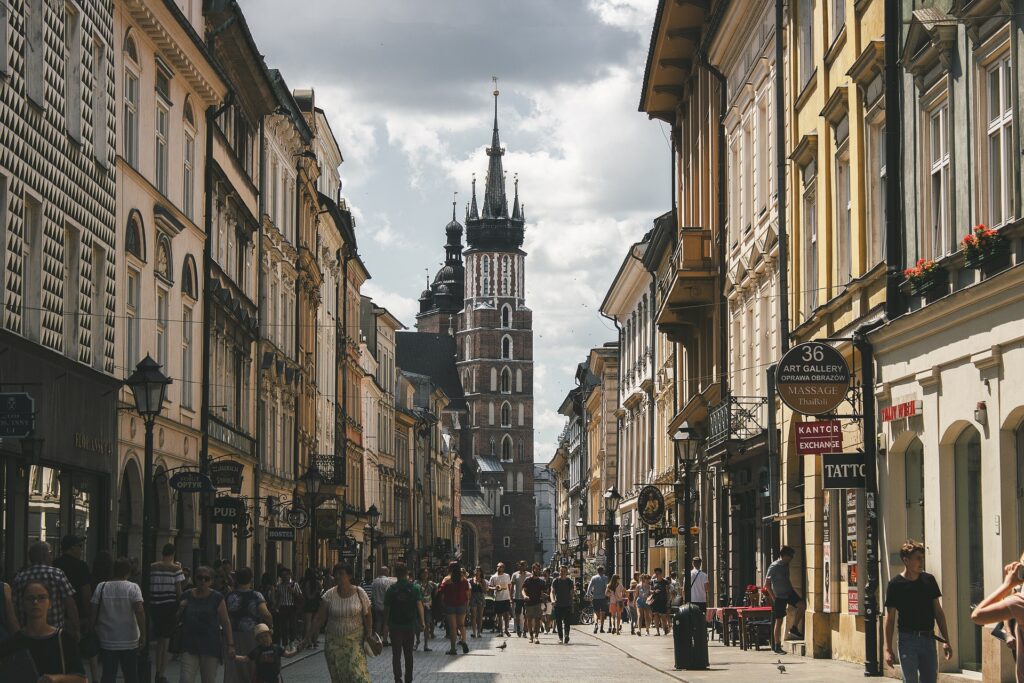
While exploring its courtyards and cloisters you soon realise why, in 1978, UNESCO put Krakow on the first list of world cultural heritage sights.
Thankfully, unlike Warsaw, the city was lucky enough to escape damage in World War Two, hence the 6,000 buildings of architectural interest and 2.3 million works of art that remain today to be enjoyed.
I’ve been several times to Krakow, but
never before have I sported a wheelchair.
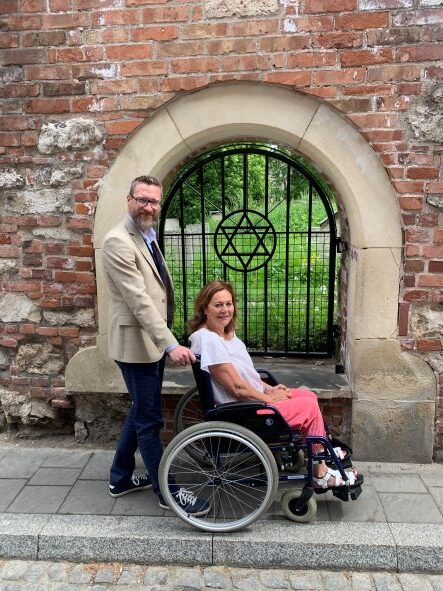
My (hopefully) temporary disability made for an interesting challenge but, in fact, most of the places I wanted to visit were wheelchair-friendly and the locals were more than willing to lend a hand. Sadly, in my home town, I didn’t fair quite so well.
After waiting half an hour at Edinburgh airport for someone to push my wheelchair, I gave up in the end, and hoofed it on my crutch, for fear of missing the flight. On the other hand, the wheelchair service in Krakow’s modern airport was exemplary.
There is a positive glut of noteworthy Art and Architecture in Krakow so to cut through it all you may appreciate some
guidance. Step forward my eminent guide (and wheelchair pusher) Simon Gatlik, who also runs his own travel agency through the facebook page krakowfoodandtravel. https://foodandtravel.com/travel/48hours/krakow
You won’t get a better guide than this walking wikipaedia on all things Krakow. It was he who took me to a museum I had missed on all my previous trips – The Princes Czartoryski Museum – https://mnk.pl/branch/the-princes-czartoryski-museumone of the country’s oldest, dating back to 1878.
The most renowned painting is one of Leonardo da Vinci’s best-known works – the Lady with an Ermine. Other highlights include two works by Rembrandt; Renaissance tapestries and paintings by Hans Holbein the Younger.
If by now you’ve had enough of antiquity and want to sample the contemporary, enjoy the covered craft market in the
innards of the city town square – the largest medieval town square in Europe.
A zany but fun excursion is a Nova Huta Tour with Mad Mike (see https://www.crazyguides.com/ ). I didn’t twig when this unknown guy – with suspicious facial hair – squatted down beside my table and opened a ropey £1.99 carrier bag to reveal (and try to flog me) a bright pink or blue shell suit. But then, that didn’t really phase me as I’d just been for lunch at ‘Karakter’ where the menu had among its choices ‘horse sweetbreads in sweet and spicy sesame sauce with spaghetti with green olives, served with lettuce in double cream with pepper and hazlenuts’.
Or you could have the delight of ‘Raw horse meat tartar with ostrich eye fillet in a bun, followed by spinach ice cream’. All I needed was some LSD…..(the chef had obviously had his share).
This will decidedly get you ‘in the groove’ for an hour or two back in the world of Soviet Krakow and the 1970s. To get you back in the mood you’ll be transported
round the city in a Trabant motor car – decidedly NOT wheelchair-friendly, but it had to be done. Their Crazy Trabants are ‘masterpieces’ of Communist engineering, though they may occasionally drop an exhaust pipe; have the heating break down, or blow a spark plug, but hey, pushing the car is always a blast, right?
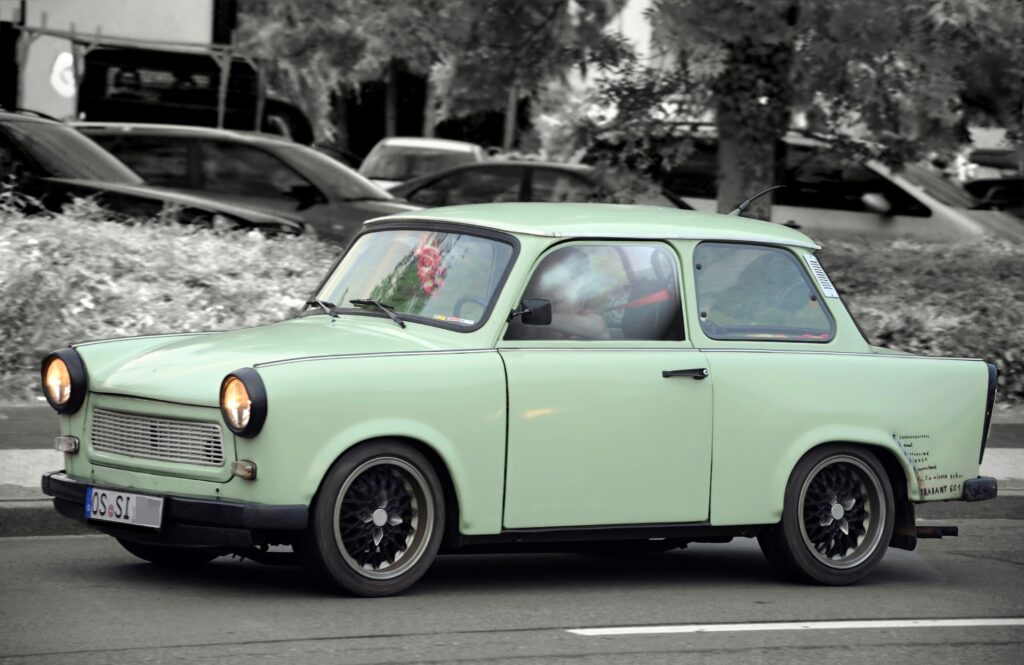
The not-so-trusty Trabant….
This company also organise anything from Kalashnikov Shooting to a Communism Deluxe Tour, which takes in the delights of Nowa Huta – the Communist district, and includes a visit to the abandoned HQ of the Lenin Steelworks. On
this tour you will have the rare opportunity to eat lunch in an old-school Milk Bar workers’ canteen and try pickled cucumbers with traditional shots of Polish vodka.
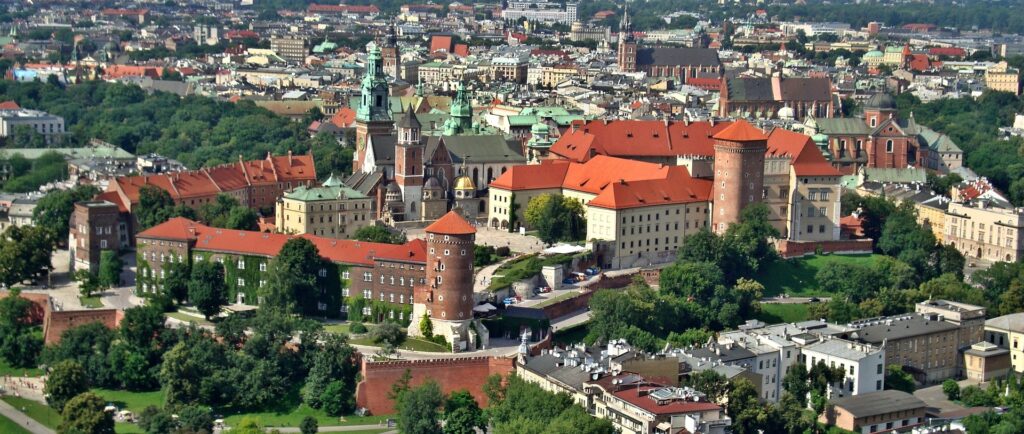
When it comes to more traditional sightseeing, visitors gravitate towards the dominating Wawel Castle – the seat of the Polish kings for over 500 years. Here you
find a cathedral, Treasury and the extensive Royal Chambers, all of which date back to the 14th Century. South of Wawel Hill lies the Jewish Quarter – Kazimierz – an area that has enjoyed enormous popularity since featuring in the Spielberg film Schindler’s List.
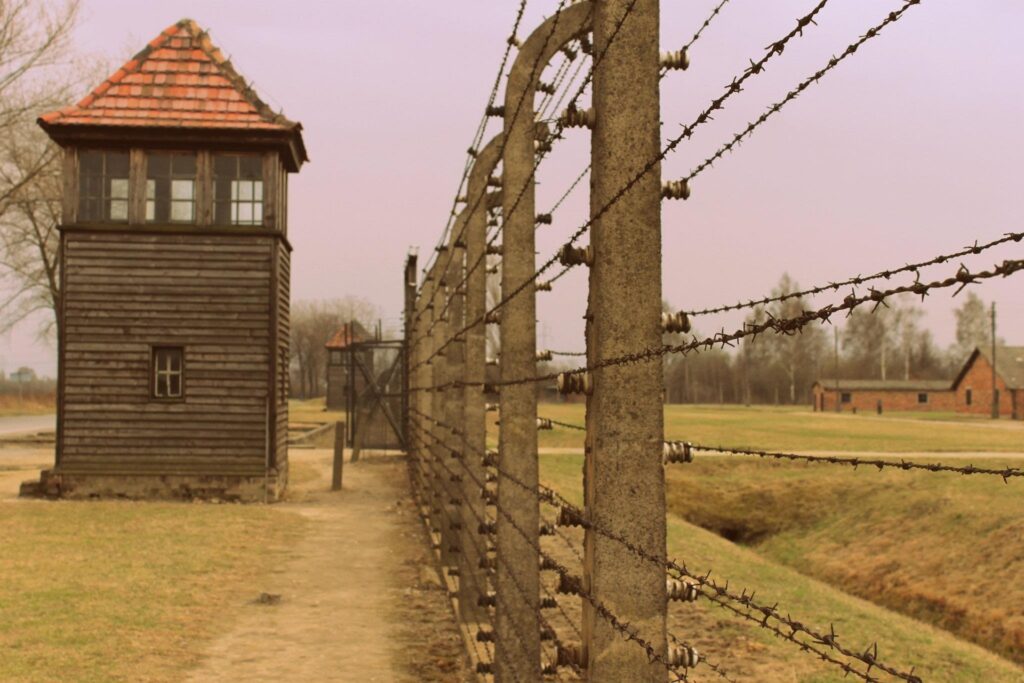
Until 1943, when virtually the entire population of this Jewish ghetto perished in the nearby Auschwitz-Birkenau death camps, this was one of the largest Jewish settlements in Europe. Some synagogues remain and can be visited, but the Jewish population today is very small. There are still some excellent Jewish restaurants with live music. The Ariel Cafe at Szevoka 17 is well worth checking out for a lively dinner.
For those familiar with the movie Schindler’s List (and even for those not familiar) a visit to the Historical Museum of
the City of Krakow is an absolute must.
There is a permanent exhibition here of Krakow under Nazi Occupation 1939-45 and it is absolutely excellent. Set in Oskar Schindler’s actual factory, it presents the city’s history through the eyes of its inhabitants, Polish and Jewish. You can see all sorts of memorabilia from Schindler’s days, and if you plan to visit nearby Auschwitz, this is a good introduction.
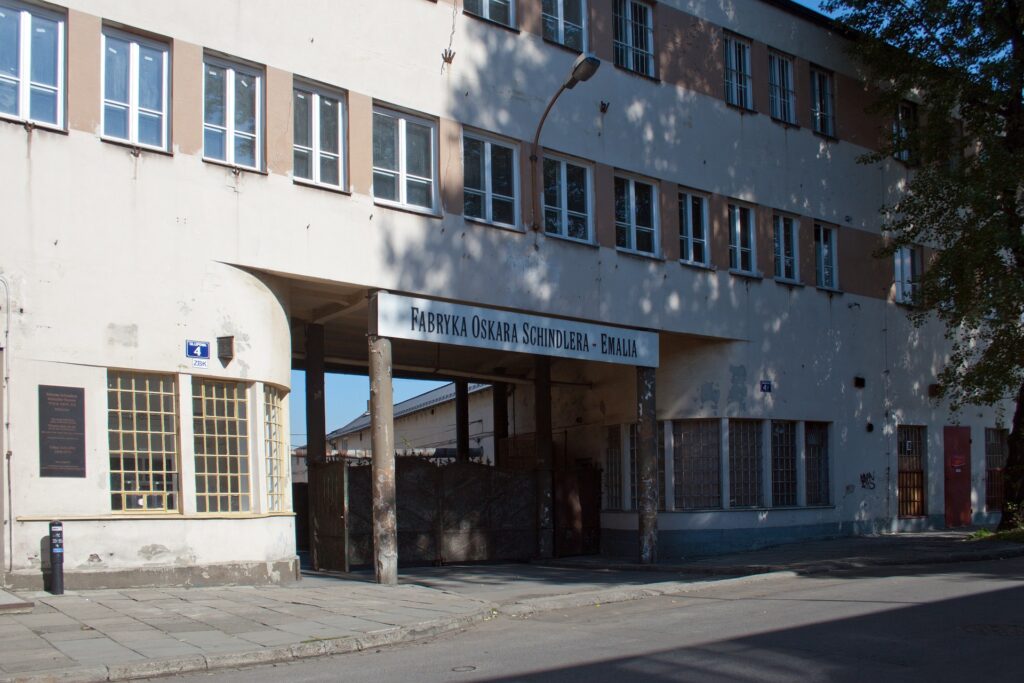
Schindler’s Factory
There is one other thing you simply have to do when in Krakow – and that’s
Auschwitz. It won’t be a fun day out, but it’s an important part of this city and region’s history, and it’s also one of the most moving places you will ever visit.
Known as “Ozwiecim” in Polish, much of the concentration camp is just as the
Nazis left it in 1945: the railway line and sidings where the people descended from
the cattle trucks, as well as mountains of clothes, trunks, shoes, brushes, dentures
and spectacles send a chill right through you. You can visit the prison cell blocks
which contain historical exhibits ranging from photos and maps explaining the role
of the camp in Nazi planning, to a veritable mountain of hair – 154,322lb of it – shaved from prisoners before they were gassed – a sight that has grown men into tears.
It takes about an hour and a half to drive to Auschwitz. There are organised tours
running daily, or you can hire a car for around £40 a day.
Travel notes
Both easyJet and Ryanair fly to Krakow with prices from £70 return.
For more info on Krakow see
https://visitkrakow.com/

